Alexandra Catalog Entry
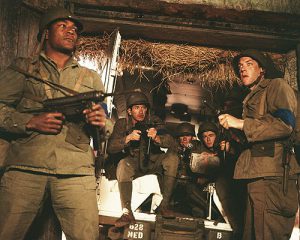
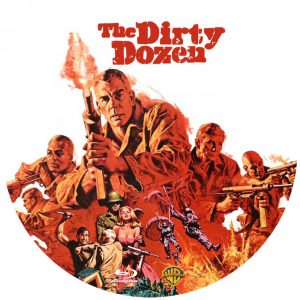
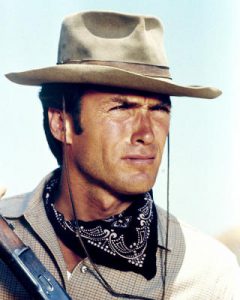
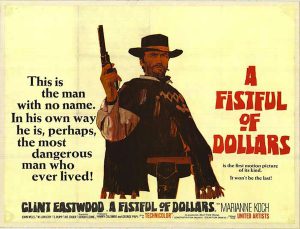

In his 2011 reportage, journalist Mattathias Schwartz traces the lineage of Christopher “Dudus” Coke, the “don” at the center of the Tivoli incursion:
“The most famous don of Tivoli was Christopher Coke’s father, Lester Lloyd Coke, who renamed himself Jim Brown after seeing the prison-hardened Nazi hunters of ‘The Dirty Dozen.’ … By 1990, Jamaican gangs, or posses, had street organizations selling cocaine throughout the U.S. The most notorious was Brown’s Shower Posse, named for its willingness to shower bullets on any crowd thought to contain an enemy. In the U.S., the Shower Posse waslinked to more than a thousand murders.” [1]
Dudus inherited his father’s drug empire and his eponymous “Shower Posse,” whose activities across the United States eventually led to the American extradition demand that gave way to the events of May 24th 2010. As Schwartz’s description highlights, Lester Lloyd Coke, whose shoes Dudus had to fill, associated his persona as a “don” with the sort of macho hyper-masculinity captured in the heroes of 1960s war films and spaghetti westerns, the genres that inspired, for example, the contemporary ultra-violent films of Quentin Tarantino. The heroes of such films, such as Clint Eastwood’s famous Man with No Name from Sergio Leone’s acclaimed Dollars Trilogy, are icons of the rogue, the maverick, the cowboy who upholds justice and shows no mercy towards his enemies. This cinematic figure, whose masculinity and heroism is laced with violence and, sometimes, criminality (one film writer describes spaghetti western heroes as “unconventional and unpredictable characters that lived by their own moral codes”), clearly inspired the image of the “don,” also referred to by such Patwah terms as “rude bwoy.” [2] This is exemplified in the image of Ivan Martin, the hero of the 1973 classic Jamaican film “The Harder They Come,” a reggae singer who, in desperation, “turns outlaw, at war with both the police and his rivals in the ganja trade,” just as his music begins to find success and he “rises to the top of the pop charts and the most-wanted lists.” [3] Indeed, the professor Damion Blake writes, “the late Professor Barry Chevannes once referred to dons as ‘folk heroes’ … Dons have a kind of social power inside garrison communities that gives them perverse legitimacy, respect, social prestige but, most of all, a deep fear among residents.” As one resident of a Kingston garrison community that he interviewed put it, “Don is aleader, a man who decide when the war fi start and when it fi end. Him decide who lives and who dies.” [4]
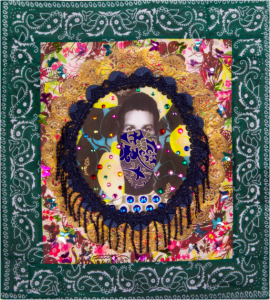
The representation ofsuch film heroes is widely recognizable; one especially common accessory for the film cowboy is a bandana. Sometimes, the bandana is worn over the mouth and nose so as to obscure the identity of the cowboy during criminal activities. This accessory, closely linked to images of masculinity as intertwined with criminality, is central to Patterson’s work for the Of 72 project; in fact, for each individual work, a brightly colored bandana constitutes the base on top of which images and mixed-media ornamentations are layered. In addition, the center point of each work is an image of a man’s face, always obscured with a bandana in a contrasting pattern, and covering the lower half of the subject’s face in the manner of so many movie cowboys and bandits. What is the meaning of this accessory in the context of Patterson’s work? One might interpret her choice to center the use of the bandana as a direct reference to its iconic relationship to images of criminality and masculinity as validated by criminality.
[1] Schwartz, Mattathias. “A Massacre in Jamaica.” The New Yorker, The New Yorker, 11 Dec. 2011, www.newyorker.com/magazine/2011/12/12/a-massacre-in-jamaica.
[2] “Rude Bwoy Definition,” http://jamaicanpatwah.com/term/Rude-bwoy/1078
[3] “The Harder They Come,” Rotten Tomatoes, https://www.rottentomatoes.com/m/harder_they_come/
[4] Blake, Damion, “Garrisons: Empires Of The Dons,” Jamaica Gleaner, 27 February 2012, http://jamaica-gleaner.com/gleaner/20120227/cleisure/cleisure4.html
Images: Dirty Dozen film poster (http://www.haunstrupfodbold.dk/2016/04/kampreferat-sunds-haunstrup-if-serie-6.html)
A Fistful of Dollars film poster (http://flavorwire.com/305762/10-essential-spaghetti-westerns)
Clint Eastwood (https://i.pinimg.com/originals/18/1d/18/181d18df2f87da79a16e149d781a06c1.jpg)
Jim Brown in The Dirty Dozen (https://www.thevintagenews.com/2016/01/01/43661/)
Jimmy Cliff in The Harder They Come (http://www.roxycinematribeca.com/blog/harder-come-film-brought-reggae-world/)
Selected images from the Of 72 Project (http://www.theof72project.com/images.php)